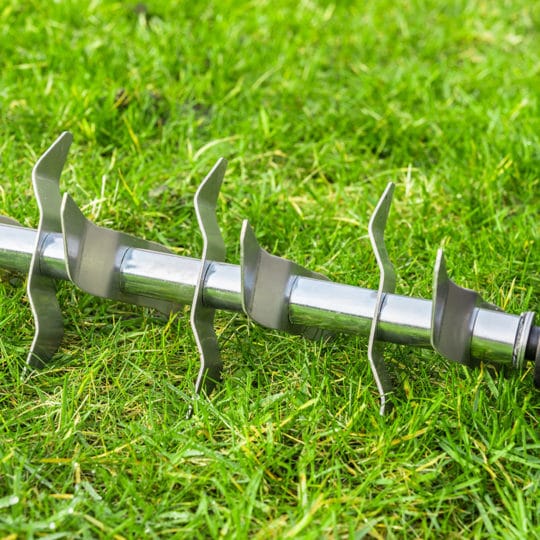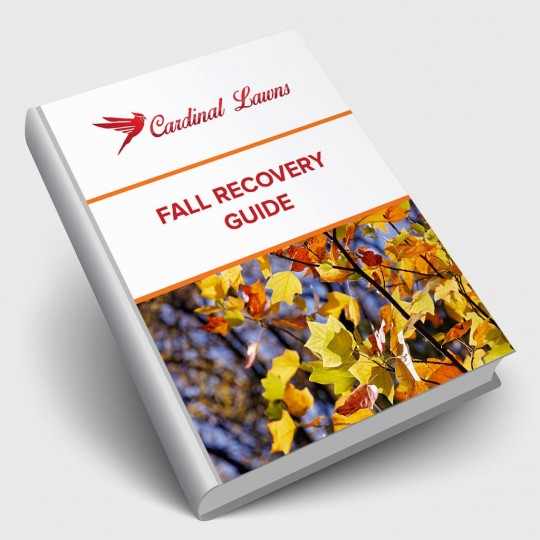What is Solid or Hollow Tine Aeration
The Difference Between Two Aeration Techniques
Posted
October 4, 2018

Aerating your lawn should be part of a regular maintenance routine. Not only does it help prevent soil compaction, but it allows more air, water, and nutrients to reach roots for a healthy lawn. There are several tools available for the job, including solid or hollow tine aeration. Here’s the difference between the two.
What are Solid Tines
Solid tines are metal spikes that pierce the surface of your lawn up to six inches deep. This helps improve air flow and rain water absorption. It’s the easiest way to relieve minor compaction in lawns for temporary refreshment—especially in hot weather.
When using solid tines, go over your lawn carefully with the metal fork. Push the tines down and wiggle a bit to widen the holes. Continue this process every four inches or so, stabbing and wiggling your way across the lawn. This won’t remove any soil, and the holes created will naturally refill in a few days. If you’re working with clay or wet soil, you may end up doing more harm than good. Using solid tines may seal the beneficial air and water channels, so it’s best to find another aeration technique.
What are Hollow Tines
Hollow tines are specially designed metal tubes you drive into the surface of your lawn. This tool automatically extracts plugs of turf and soil. There are manual methods for this process or a walk-behind mechanical aerator that simplifies the job. Usually the holes made with a hollow-tine aerator are not as deep as solid-tine aeration holes. But, by completely removing a core of soil, it creates extra space in the lawn. The holes can stay open for weeks after the treatment, allowing the roots to flourish.
Hollow-tine aeration is a good choice for any lawn. It’s effective on lawns that suffer heavier compaction and serious wear and tear. The only problem with the hollow tines is the little plugs of soil they leave behind. If you don’t do anything with them they could clog your mower or spawn weeds across the surface of your lawn. You can easily collect them from a smaller lawn and add them to your compost pile. For a larger area, you should consult with a lawn care company to dispose of them for you.
Solid or Hollow Tine Aeration
If you have any questions about the kind of lawn aeration technique that’s right for your property, contact a trained lawn care specialist at Cardinal Lawns.

Download Your FREE Fall Recovery Guide
Summer’s extreme conditions can take a toll on your grass and its health. Take some time to learn how to bring your lawn back to life. This handy guide teaches you what needs to be done for a full fall recovery.